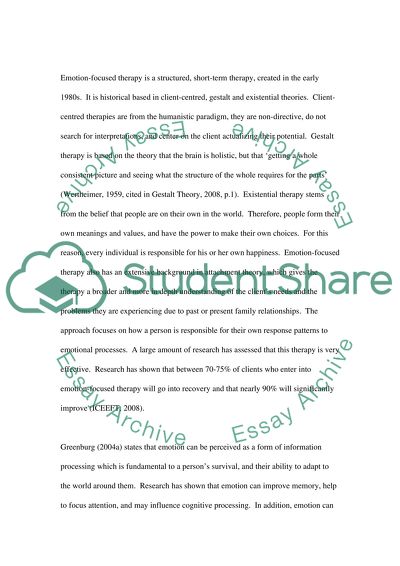Cite this document
(“The Role of Emotion Essay Example | Topics and Well Written Essays - 2500 words”, n.d.)
The Role of Emotion Essay Example | Topics and Well Written Essays - 2500 words. Retrieved from https://studentshare.org/miscellaneous/1501160-the-role-of-emotion
The Role of Emotion Essay Example | Topics and Well Written Essays - 2500 words. Retrieved from https://studentshare.org/miscellaneous/1501160-the-role-of-emotion
(The Role of Emotion Essay Example | Topics and Well Written Essays - 2500 Words)
The Role of Emotion Essay Example | Topics and Well Written Essays - 2500 Words. https://studentshare.org/miscellaneous/1501160-the-role-of-emotion.
The Role of Emotion Essay Example | Topics and Well Written Essays - 2500 Words. https://studentshare.org/miscellaneous/1501160-the-role-of-emotion.
“The Role of Emotion Essay Example | Topics and Well Written Essays - 2500 Words”, n.d. https://studentshare.org/miscellaneous/1501160-the-role-of-emotion.


